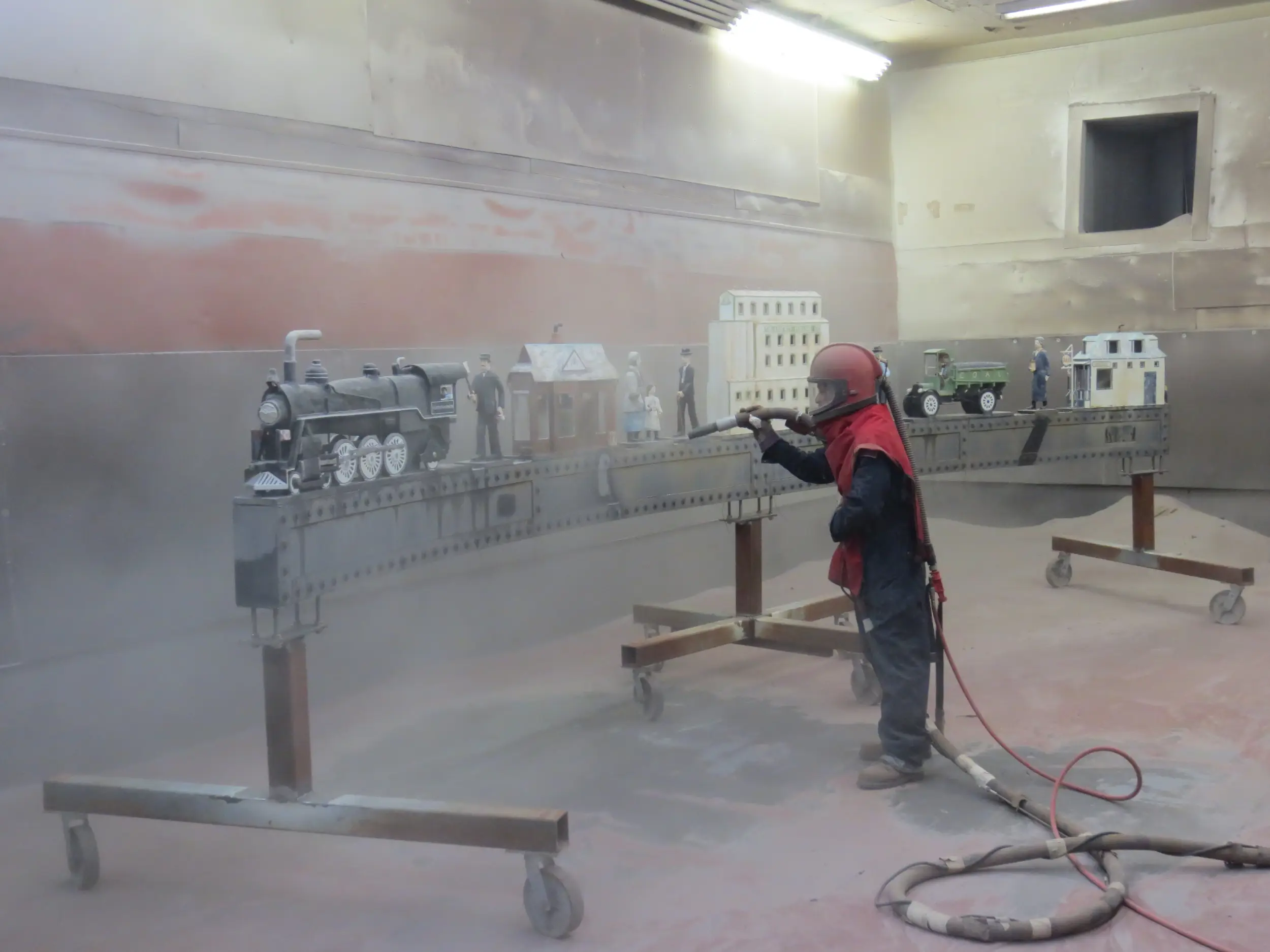Historical Preservation & Conservation
For 44 years, ASCo has been working with construction contractors, municipalities, government entities, and conservators to maintain and restore historical artifacts and components through historical preservation & conservation.
Coating Removal for Historical Preservation & Conservation
Historical conservation includes many types of sub surfaces, including cast iron, copper, corten, stainless steel, concrete, steel, aluminum, bronze, wood, galvanized steel and tin.
Many of these sub surfaces have the requirement to remove existing painted coatings that may also include lead abatement. Once coatings have been stripped the surfaces can be inspected and evaluated.

Sydney Tomlin
I'm impressed with Webtec's will-do attitude and their thoughtful layout of the website.
Coatings removal techniques
Cleaning surfaces of historical components may include several steps or process to achieve required results. These steps may include chemical cleaning, CO2 or dry ice blasting, soda blasting, cleaning with walnut shells, crushed glass or cleaning using conventional hard abrasives.
Coatings removal may also include the use of lasers to vaporize coatings or chemical stripping of coatings. Rust and corrosion removal is a key component to proper surface preparation. A careful understanding of the end requirement and the intended life expectancy is needed before a decision can be reached about the best method or approach.
The historical artifact being restored, will always perform better long term with proper surface preparation, as opposed to a marginal approach that often will increase maintenance cost long term.
Historical Conservation

Understanding Blasting Terminology
It is important to understand the terminology within this industry as it relates to coatings removal. Terms that are often used such as “sandblasting” media blasting” “glass bead blast” are term used generically without understanding grit size, shape, hardness or pressure used.
Most of the time sandblasting is thought to be used when a ship’s hull coating need to be removed. However the correct sand or media can in-fact be used for delicate or aggressive conservation projects.
Important considerations before the surface preparation begins will be to identify the new coating system to be used for long term preservation of the asset. Once the coating system has been identified then the manufacturer will have a recommended primer that is compatible with that system.
The primer data sheet will identify in detail one or more methods of surface preparation. Following these guidelines will provide the best longevity to the end user.

Accurate Paint Color & Gloss
Paint systems may have considerations that include accuracy of the color and gloss of the original artifact. Compliance with LEED VOC emission requirements, low smell or toxicity requirements, hot or cold weather application and cure requirements and finish esthetics, that may include orange peel, brush strokes or surface anomalies from the sub surface.
Within the historical conservation community erosion or loss of material thickness is often associated with dry blast cleaning methods. While erosion is possible it is often not measurable for the amount of base material removed.
Poor preparation can lead to premature coating failure and that will ultimately create corrosion and loss of base materials and significant and early maintenance cycles. When a properly selected blast media is used to remove paint or rust the a balanced decision should include good surface preparation and long term performance of applied coatings with minimal maintenance.
